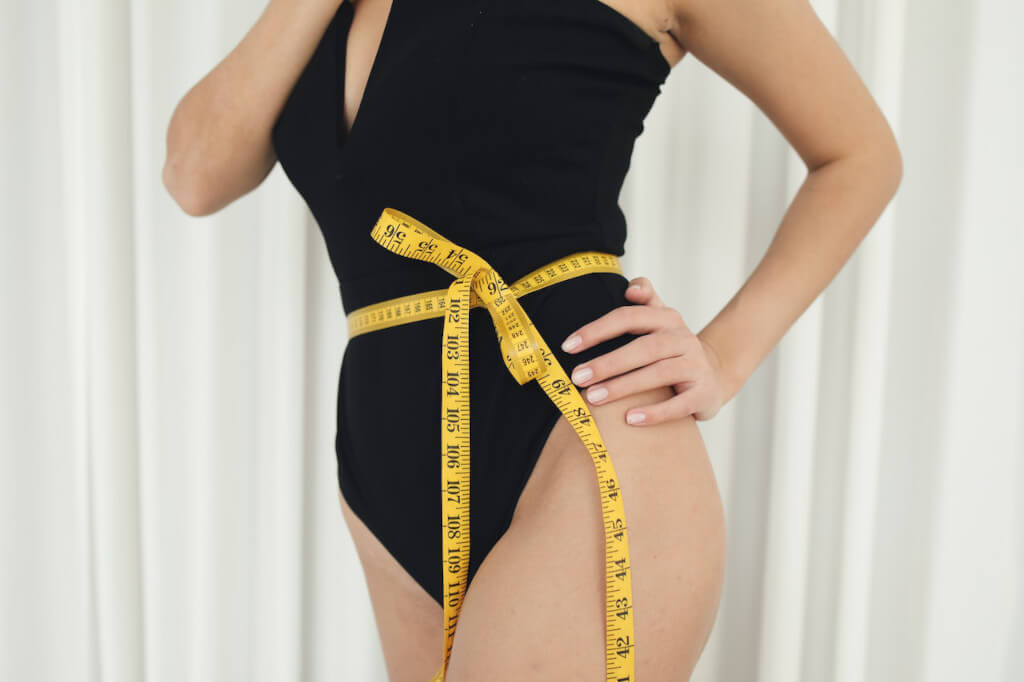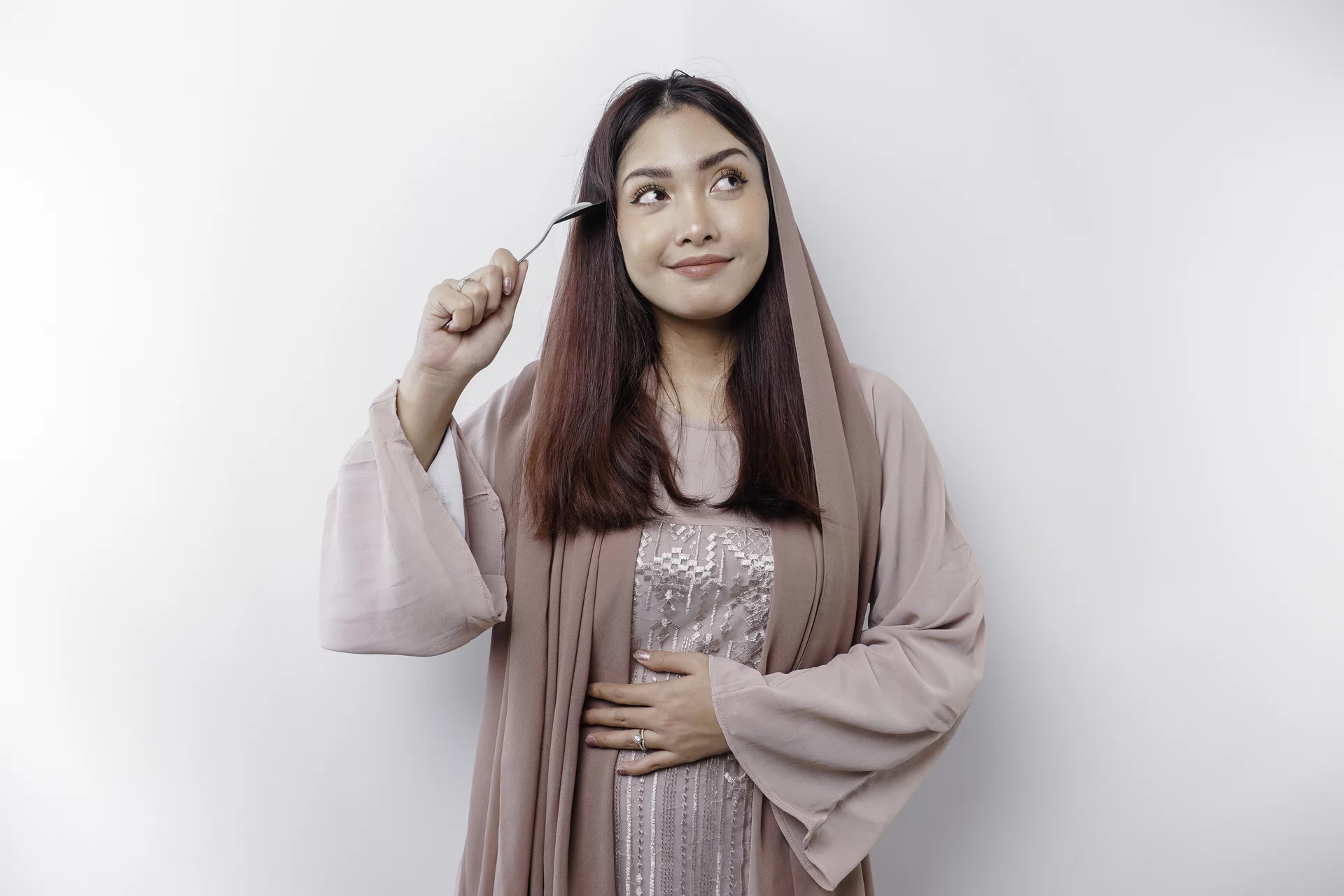When it comes to making a purchase decision, consumers place a significant amount of importance on how something fits them. On the other hand, the vast majority of ready-to-wear garments suffer from one or more fit issues. Consumers do not just base their purchasing decisions on whether or not an article of clothing is fashionable; they also consider how well it fits. The correct fitting of an article of clothing to a person’s physique is far more important than the styles of clothing that are worn, although both are important.
A garment is considered to have an appropriate fit when it can be worn without displaying any pull lines or having an excessive amount of fullness. In addition to this, it is essential to correctly position seams, darts, and grain lines. The significance of the garment having a correct fit is directly proportional to the type of garment being worn.
For instance, in the scenario of curved dresses, most mild fit concerns are noticeable and recognizable, whereas, for loose-fitting clothing, an exact fit is not needed because it does not make a significant difference in the overall appearance of the garment. Regardless of whether the fabric is of high quality and the artistry is excellent if the garment does not fit properly, it does not matter how well it was made.
Are Retailers Accountable For Fitting Issues?
The ready-made clothing retailers and producers also are held accountable when there are fitting issues, in addition to the customers who buy their products. It’s possible that the issue won’t be too serious. However, the added costs for the retailer come from customers returning previously purchased clothing, expressing discontent with a particular brand, and spending additional time in fitting rooms.
How a garment fits is frequently the deciding factor in whether or not it is purchased. Clothing that fits well is preferred not only for its aesthetic value but also for the level of comfort it provides. In most cases, individuals put clothing items that do not fit particularly well in the back of their closets.
One of the challenges that manufacturers must overcome is the design of clothing for plus-size women, which must take into account the shifting of proportions to provide a perfect fit throughout all sizes. This is one of the challenges that manufacturers must overcome. The evaluation of appropriate fit is not generated by the progress of patterns or the measurements that result from those patterns for ready-to-wear garments.
Ramping up universally for plus sizes doesn’t work because the human body doesn’t quite scale up in the same percentage as smaller sizes do. It does not take into account the differences in proportions that exist between straight and plus-size bodies, as well as the myriad of differences that exist within plus-size bodies.
These garments do not take love handles or tummies into consideration when they are constructed. Even though these are included, maternity clothes are frequently the only choice for plus-size customers. It’s possible that there won’t be enough room for the belly or the bigger arms. In some places, things will be loose, while in others they will be tight.
Every single manufacturer of clothing has a particular market niche in mind, complete with a set of demographic criteria that define the consumer profile. The manufacturer invests a significant amount of resources to obtain the optimal size dimensions and fit. One of the most important factors that can determine a manufacturer’s level of success is the variety of sizes offered. To accomplish this, a great number of companies have begun to implement cutting-edge strategies and technologies for gadget sizing systems and size categories. The following can be crucial components in finding a solution to the size problem:
Finding The Demographic Data
Collecting demographic data involves surveying a sample that is intended to be representative of the target population. This type of survey can provide information regarding factors such as age, body type, and ethnicity. The selection of this sample needs to be done with extreme caution because the slightest deviation can set off a chain reaction. For a better understanding of the spectrum and variance in sizes, statistical methods may be of assistance.
At present, an increasing number of businesses are adopting automated processes and 3D body scanning innovations. The collection of data by the manufacturers can be made more efficient and cost-effective with the help of these tools. Even though lifestyle, socioeconomic status, and demographic data are all important factors that affect sizing, only a small percentage of producers use such information.
The various stakeholders in the distribution network each have their unique understanding of what constitutes an appropriate fit, and these understandings can differ from one another. Fashion designers can have a theory about which size of clothing will work best with a particular body dimension to create the ideal look for that body type. The patternmakers make an effort to keep the look consistent across a range of sizes.
In addition, customers have their individual preferences and perceptions regarding the various styles and sizes that can enhance their appearance. The proficiency of patternmakers and graders is the foundation for the effectiveness of the sizing system. They need to determine the type of fit that is appropriate for their target market, identify it, and then manufacture it. There are a variety of tools and strategies available to make this process easier, including body scanners, marketing research, wear testing, and digital fit assessment.
The quality of the fit, or the degree to which it is in line with the actual body, is determined by the design and cut of the garment. Each cut is intended to accommodate a variety of different body types acceptably. Certain silhouettes, such as those with a looser fit, can flatter a wide variety of body types with only minor adjustments. Additionally, a greater variety of body types can be accommodated by garments constructed from stretchable materials.
Information regarding the sizes of apparel, such as what is printed on the labels, is also very important. It has been observed that customers frequently require clarification regarding the sizes. They were unable to find a correlation between the labels and the body measurements. As a result, they conduct tests using the same product but in a variety of sizes. This is because not all manufacturers employ standardized labeling for their sizes.
The terms “slim,” “classic,” and “relaxed fit” are used in the manufacturing industry to circumvent this issue. This issue is more difficult to solve for women’s clothing than it is for men’s clothing. Women’s clothing frequently utilizes size labels that denote numbers that aren’t related to any particular dimension of the body or the garments, in contrast to men’s clothing, which typically uses sizing that is associated with body measurements.
Sizing Criteria
Before the manufacturing of ready-made garments in mass quantities, each brand checks and recognizes the requirements of the target consumer to determine the appropriate size to produce. In this context, the types of fits, in addition to the sizing, play an important role. When it comes to the labeling of sizes on garments, the manufacturers frequently have conflicting opinions. Because they are in the best position to offer useful feedback, customers ought to be involved in this process as well.
Clothing Available in Plus Sizes
One of the challenges that manufacturers face is coming up with designs for plus-size fashion. To accommodate a greater variety of sizes, the proportions will need to be altered, and careful consideration will need to be given to how this will affect the overall appearance. When comparing clothing metrics to the values from ready-to-wear measurement tables, it is common to find that this comparison does not allow for any kind of judgment regarding how well the garment fits the intended target group.
Fitting Tests
The Hohenstein Institute in Germany conducted fitting tests on a test group consisting of approximately 250 people of varying ages and body shapes. The sample provided body measurements that were comparable to those of the intended population. The information that was gathered allowed for an accurate assessment of both the body types and the worn dress sizes. This made it possible to check the fit of clothing designed for people aged 60 or plus sizes on test subjects who were the appropriate age or had the appropriate body type.
Working hand in hand with various manufacturers is Stephanie Muller, an expert at the Hohenstein Institute who specializes in fitting tests. By collaborating with manufacturers on the creation of body measurement tables that are more accurate, Muller and her team can assist businesses in developing a customer base that is both loyal and satisfied, and that can buy all of their clothing from a single brand.



